Safe Wading Practices for River and Stream Angling
Wading into flowing waters to pursue fish is one of angling’s greatest pleasures. The immersive experience of standing mid-stream, feeling the current against your legs while casting into promising pools creates an unparalleled connection with nature. However, rivers and streams can be unpredictable environments that demand respect and preparation.
Each year, numerous anglers face dangerous situations—some fatal—due to improper wading techniques or inadequate preparation. This comprehensive guide explores essential practices for safely navigating moving waters, allowing anglers to focus on the joy of fishing rather than concerns about personal safety.
Understanding River Dynamics

Rivers and streams operate according to consistent hydrological principles that every angler should understand before stepping into the water. Current flows fastest on the outside of bends and in constricted areas, creating powerful forces that can quickly unbalance even experienced waders. Deep pools often form downstream of obstacles, creating potentially dangerous drop-offs that aren’t visible from the surface. Water velocity increases significantly after rainfall, transforming familiar, gentle streams into dangerous torrents within hours. Learning to read water—identifying riffle transitions, understanding how underwater structures affect flow patterns, and recognizing hydraulic features like recirculating currents—provides crucial information for making safe wading decisions.
Essential Wading Gear
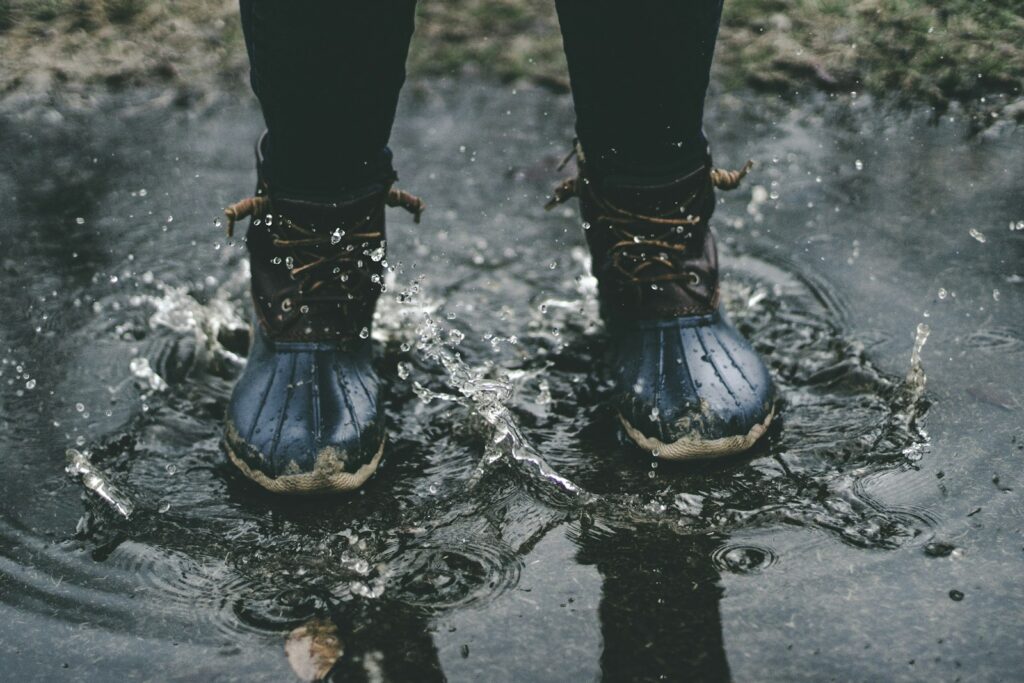
Quality wading equipment serves as your primary defense against water hazards and environmental conditions. Wading boots with aggressive rubber or felt soles (where legal) provide traction on slippery river bottoms, while studded options offer additional grip on especially challenging substrates. Chest waders or waist-high waders should fit properly without binding at knees or ankles, allowing full range of motion for navigating difficult terrain.
A wading belt—always cinched tightly around chest waders—prevents catastrophic filling with water should you fall, potentially turning a mishap into a life-threatening situation. Consider wading staffs or collapsible trekking poles essential equipment rather than optional accessories, as they provide crucial stability and allow testing water depth before committing your weight forward.
Proper Wading Technique

Correct wading technique focuses on maintaining three points of contact with the riverbed at all times, creating a stable tripod position. Position your feet shoulder-width apart, angling them slightly outward to maximize surface contact with the stream bottom. Take small, shuffling steps rather than lifting feet high off the bottom, sliding each foot forward while maintaining contact with the substrate.
Face upstream when possible, as this position provides better stability against current and allows you to see potential hazards flowing toward you. When crossing stronger currents, angle your body slightly upstream to create less resistance, moving deliberately sideways rather than directly across the flow, which helps maintain balance against the force of moving water.
Assessing Water Conditions
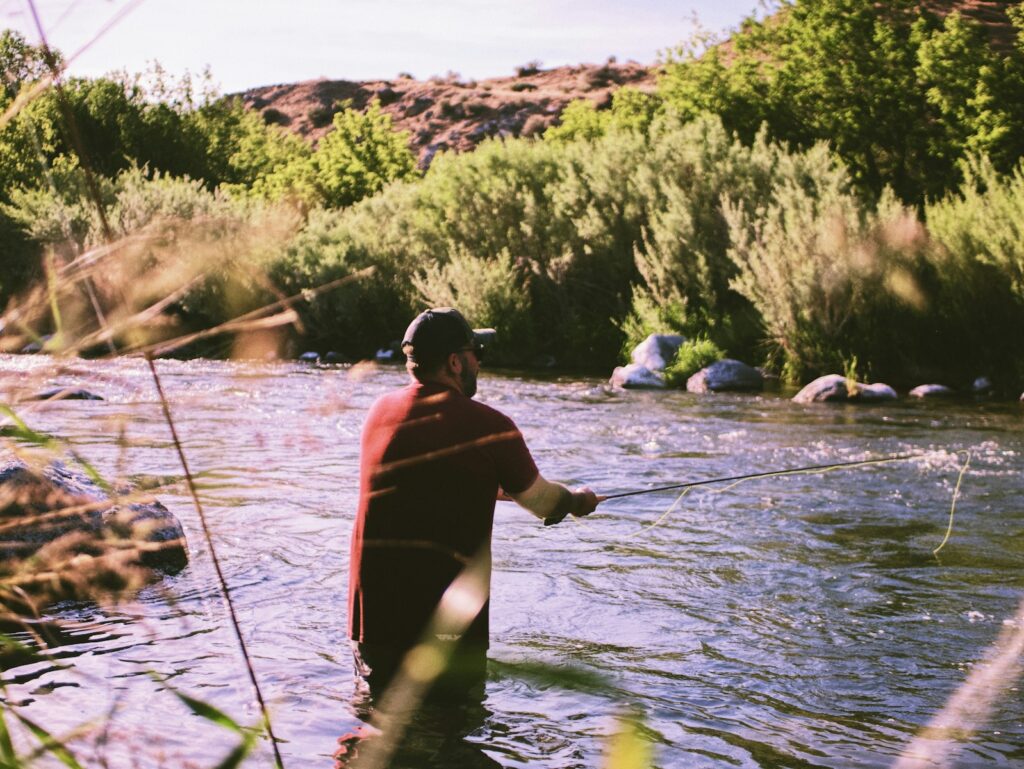
Successful anglers develop the habit of thoroughly assessing water conditions before wading. Water clarity affects both your ability to see underwater obstacles and the river’s fishing conditions—clear water requires more cautious approaches but allows better visualization of stream features. Current speed can be roughly gauged by watching floating debris; if small twigs and leaves move quickly across the surface, underwater current is likely stronger than it appears.
Water temperature demands consideration for both safety and fishing prospects, with prolonged exposure to cold water potentially causing hypothermia even in mild air temperatures. Seasonal variations dramatically affect water levels and current strength, with spring runoff creating particularly hazardous conditions in many watersheds.
Recognizing Dangerous Features
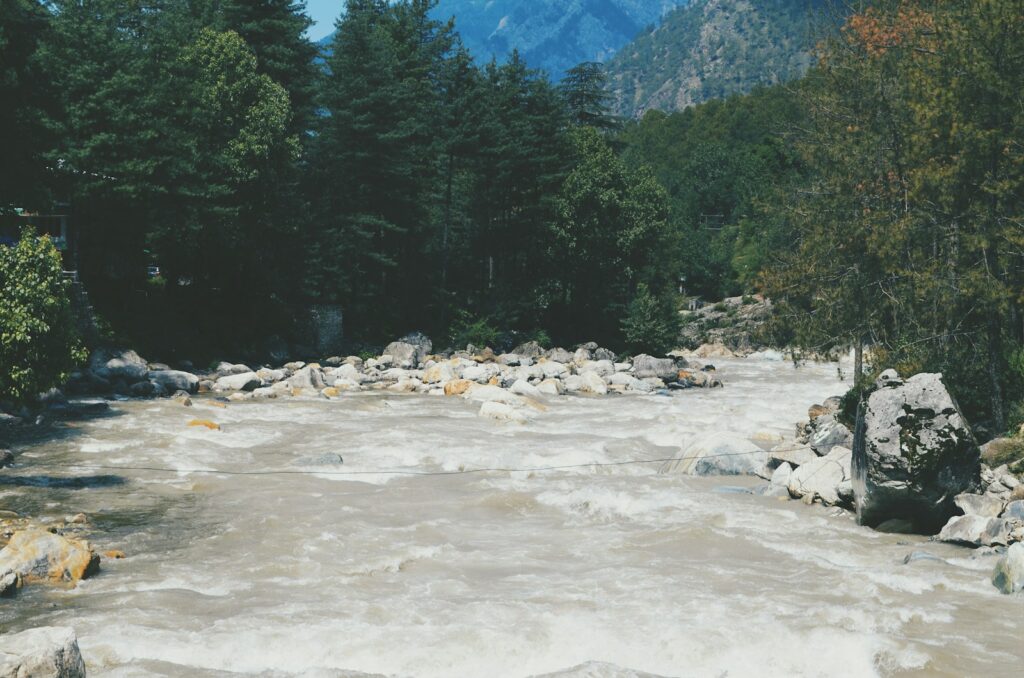
Certain river features present significant hazards that demand wide berths or specialized techniques. Strainers—fallen trees or debris that allow water to flow through while catching larger objects (including people)—create deadly traps that can pin waders underwater with tremendous force. Hydraulic features like low-head dams create recirculating currents that can repeatedly pull swimmers underwater regardless of their swimming ability.
Undercut banks may appear stable from above but can collapse under weight, often concealing deep water directly beneath what seems like a safe entry point. Deep holes with significant drop-offs create sudden transitions where waders can lose footing and be swept downstream, especially problematic when they occur in areas with strong current.
Water Depth Guidelines
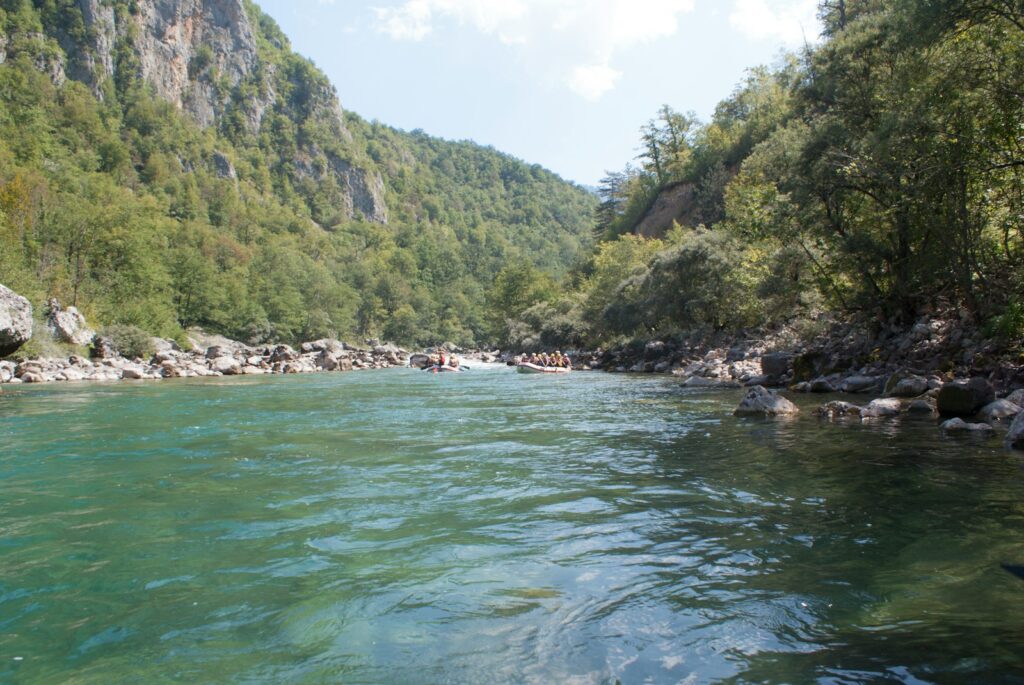
Conservative approaches to water depth significantly reduce wading risks. As a general rule, experienced anglers avoid wading in water deeper than mid-thigh, regardless of current speed, as deeper water exerts exponentially greater force against your body.
Even in gentle currents, water at waist height becomes difficult to navigate safely, with balance compromised by buoyancy effects that reduce traction. When fishing unfamiliar waters, maintain greater safety margins by staying in shallower areas until you’ve thoroughly assessed bottom composition and current patterns.
Remember that water depth alone doesn’t determine safety—knee-deep water flowing at high velocity can easily sweep away waders, while deeper, slow-moving pools might be safely navigated with proper technique.
Reading Bottom Structure
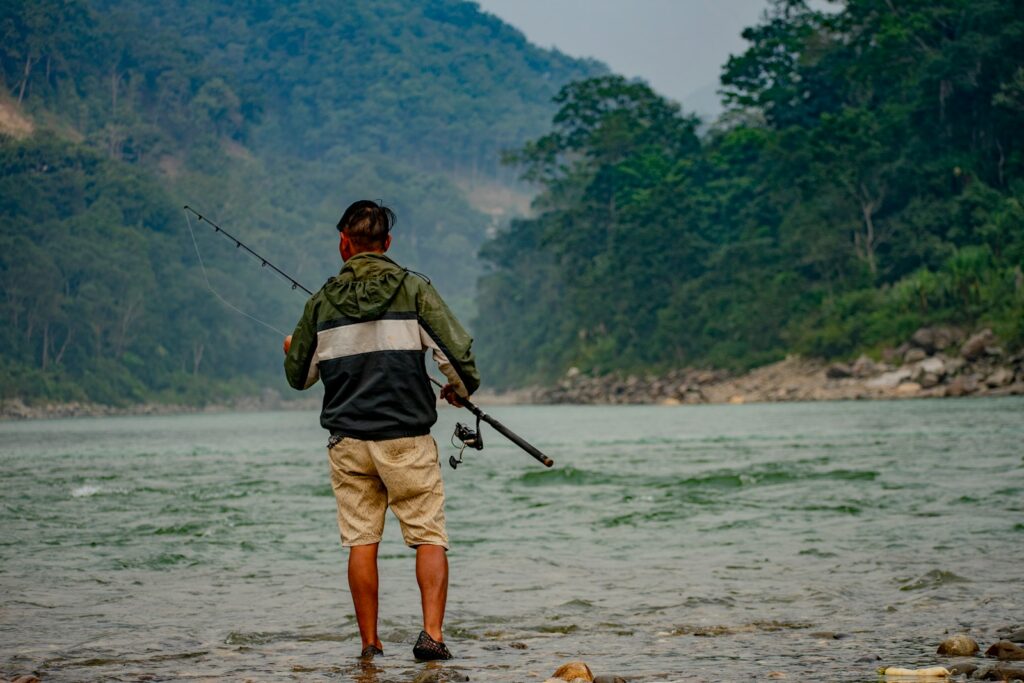
The composition of the riverbed significantly impacts wading safety and demands constant attention as you move through water. Large, rounded boulders create unstable footing as they shift under pressure and offer minimal surface contact for boot traction.
Bedrock sections may appear stable but often develop slick algae coatings that become extraordinarily slippery, particularly in slower-moving sections. Gravel and cobble provide relatively secure footing but can shift unexpectedly in stronger currents or on steeper slopes.
Silt and mud bottoms present unique challenges, sometimes creating suction that makes lifting feet difficult, or concealing sharp objects that can puncture waders or cause injury to feet.
Using a Wading Staff

A wading staff serves as perhaps the single most important safety tool for serious stream anglers. The staff functions as a third point of contact with the riverbed, creating significantly improved stability in challenging conditions and reducing fall risk by over 70% according to some safety studies. When using a staff, place it upstream of your position to create a triangular stance against current forces, testing depth and bottom composition before committing your weight forward.
Telescoping or collapsible staffs offer practical convenience while providing crucial support, easily attaching to vests or packs when not needed. Beyond stability, staffs allow measuring water depth at a distance, helping identify safe crossing points without risking steps into unexpectedly deep areas.
Crossing Different Current Types

Different current types require specific crossing techniques to navigate safely. When crossing moderate currents, position yourself sideways to the flow with your upstream foot slightly forward, creating less resistance while maintaining stability.
For stronger flows, consider angling your body approximately 45 degrees upstream, using the current’s force to help maintain position rather than fighting directly against it. Riffles often provide safer crossing points than smooth-flowing sections, as their turbulent surface usually indicates shallower, more navigable water with better footing.
Deeper, laminar flows (smooth, fast currents) should be avoided whenever possible, as they exert tremendous force with minimal surface disturbance to warn of their power.
Wading with Partners
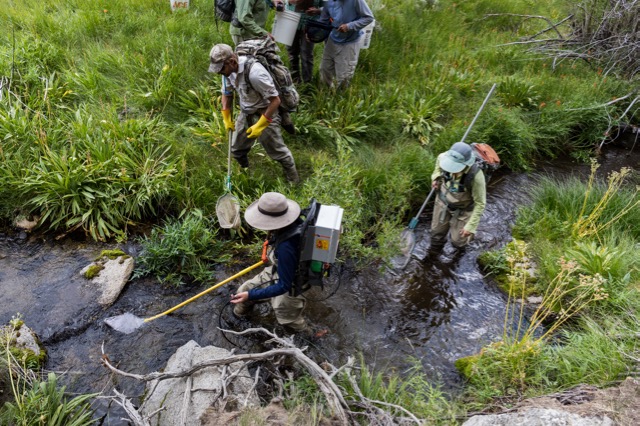
The buddy system provides crucial safety margins when wading in challenging conditions. Establish clear communication signals before entering the water, including both verbal and visual cues that work in noisy environments where voices might be drowned out by rushing water. When crossing difficult sections, position the stronger wader upstream to break current for the less experienced partner, creating a pocket of calmer water.
Maintain visual contact throughout fishing sessions, establishing regular check-in protocols if fishing different sections of the stream. Discuss emergency procedures before starting, including predetermined meeting points should separation occur and clear understanding of when to seek help versus waiting for a partner to return.
Emergency Procedures
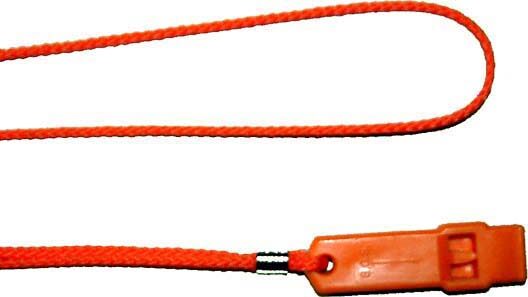
Despite careful preparation, emergency situations can develop rapidly in moving water environments. If swept off your feet, assume a defensive floating position—on your back with feet downstream and elevated near the surface to prevent foot entrapment, using your arms to steer toward shore. Keep your wading belt securely fastened at all times to prevent waders from filling completely should you fall into deeper water.
Carry a compact emergency whistle attached to your vest or pack for signaling distress, as whistles carry much farther than voice calls over rushing water. Develop self-rescue skills for different scenarios, particularly the ability to roll onto your stomach from a floating position once you’ve reached calmer water, allowing you to crawl toward shore even in challenging conditions.
Seasonal Considerations
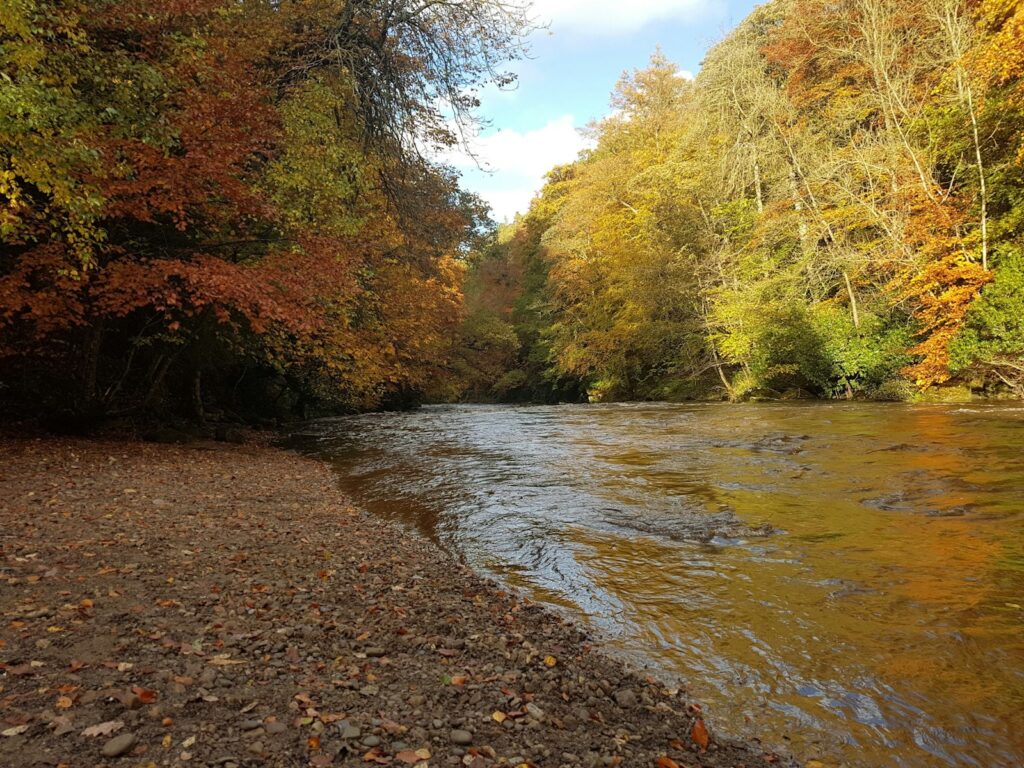
Each season presents unique wading challenges requiring specific adaptations to maintain safety margins.
Spring often brings high, discolored water with powerful currents from snowmelt and seasonal precipitation, demanding exceptional caution and conservative approaches to crossing even familiar streams.
Summer typically offers more stable conditions but can include unexpected flash floods in regions prone to thunderstorms, requiring constant weather awareness and quick exit plans.
Fall provides generally excellent wading conditions with moderate water levels, though fallen leaves can create deceptively slippery surfaces on rocks and stream bottoms.
Winter wading introduces hypothermia risks even in relatively mild temperatures, with proper layering and limited exposure time becoming critical safety factors along with ice shelf awareness near shorelines.
Mental Preparation and Decision-Making
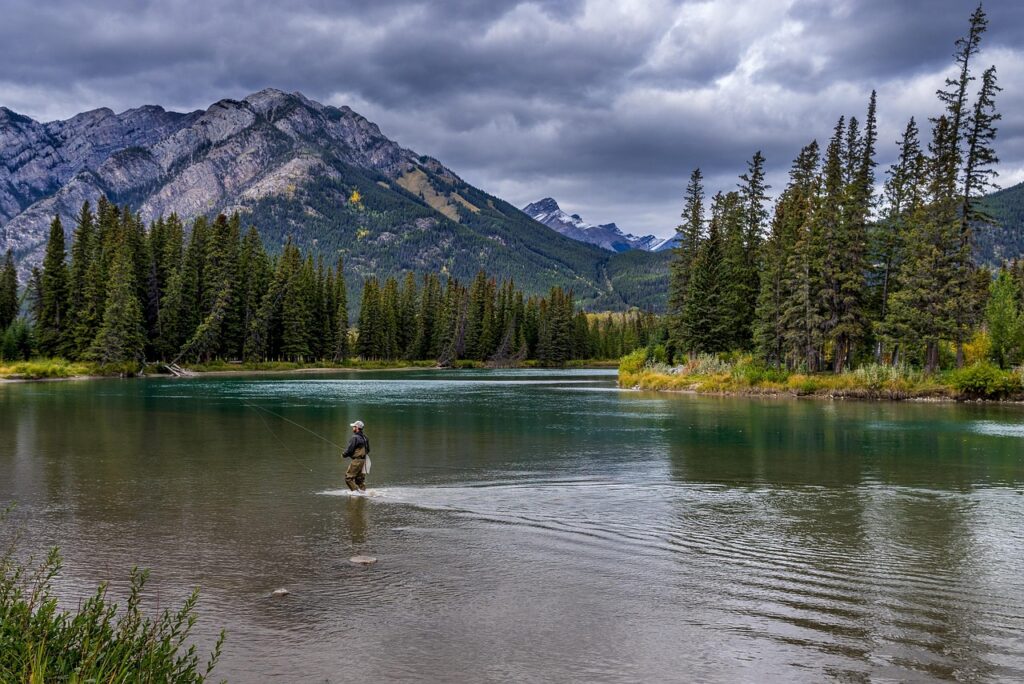
Safe wading ultimately depends more on sound judgment than physical technique or equipment quality. Develop honest self-assessment habits regarding your wading abilities, recognizing that challenging conditions might require backing away rather than pushing forward. Establish personal go/no-go criteria for different water conditions before you arrive streamside, reducing the temptation to make risky decisions when exciting fishing opportunities present themselves.
Practice regular situational awareness, constantly evaluating changing conditions rather than focusing exclusively on fishing. Remember that most wading accidents occur when anglers push beyond their comfort zones to reach tempting pools or when they attempt to cross in poor conditions rather than walking further to find safer alternatives—patience and humility save lives in moving water environments.
Conclusion
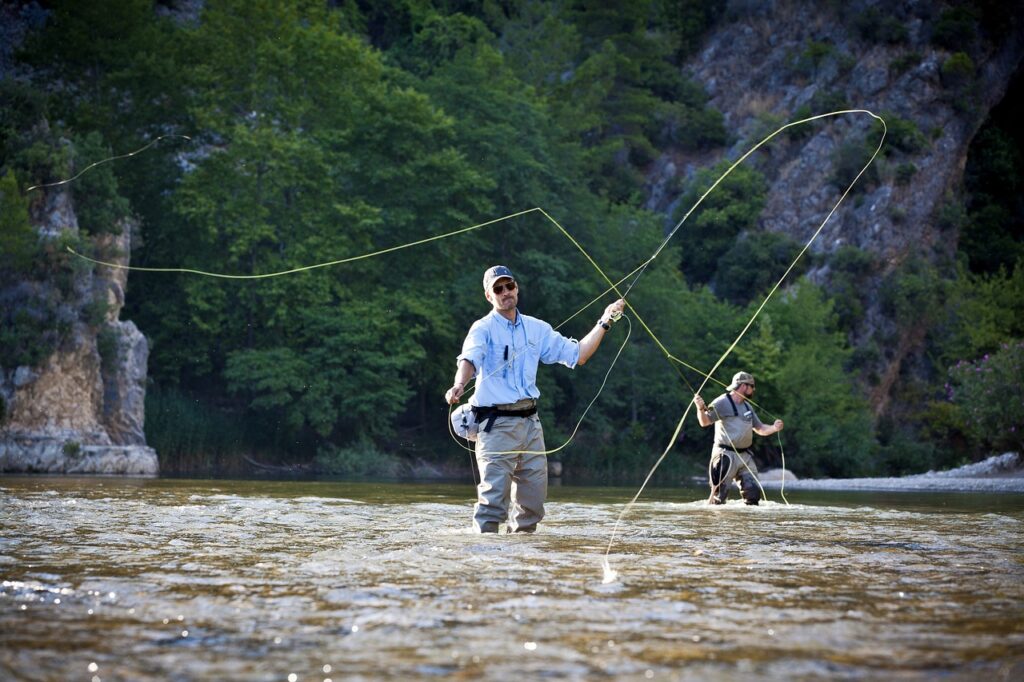
Safe wading practices combine technical skills, proper equipment, and sound judgment to create rewarding angling experiences while minimizing risks. By understanding river dynamics, mastering proper techniques, and respecting water’s power, anglers can confidently explore streams and rivers while focusing on the pursuit of fish rather than concerns about personal safety.
Remember that no fish is worth risking your life—when in doubt, staying dry or finding an alternate approach is always the wiser choice. With practice and experience, safe wading becomes second nature, opening up countless fishing opportunities in beautiful flowing waters.

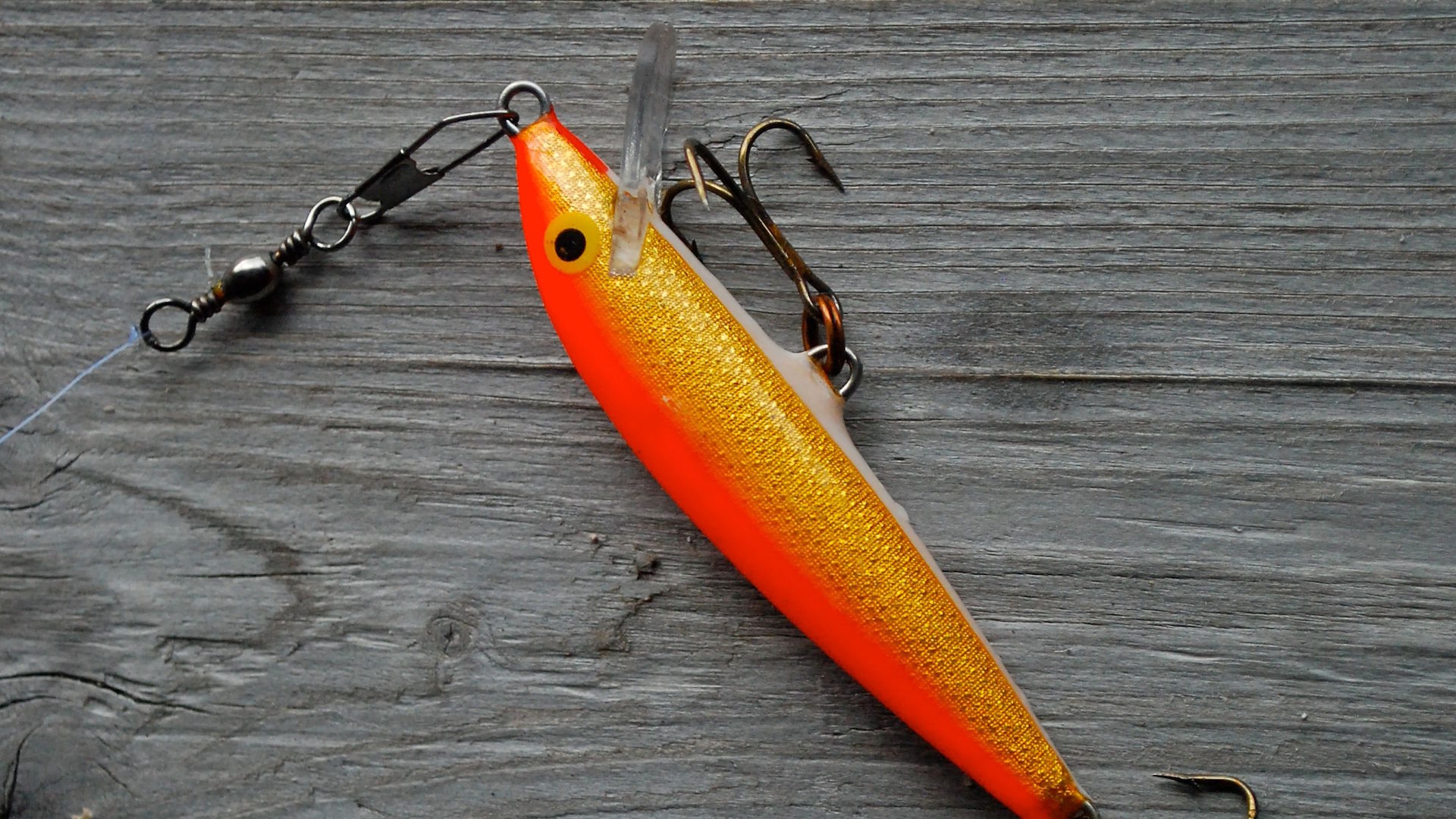












Post Comment